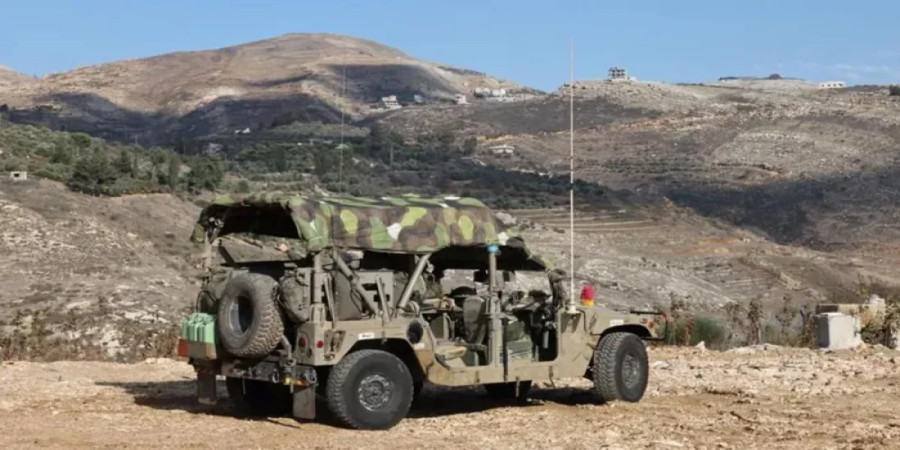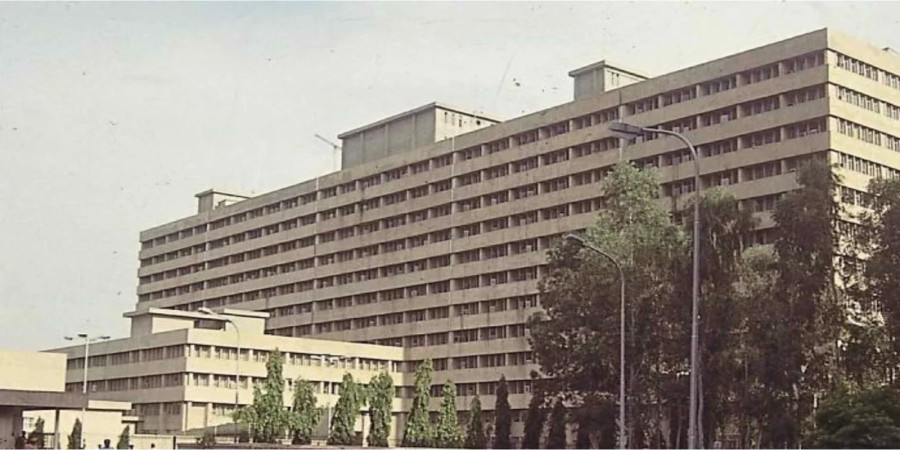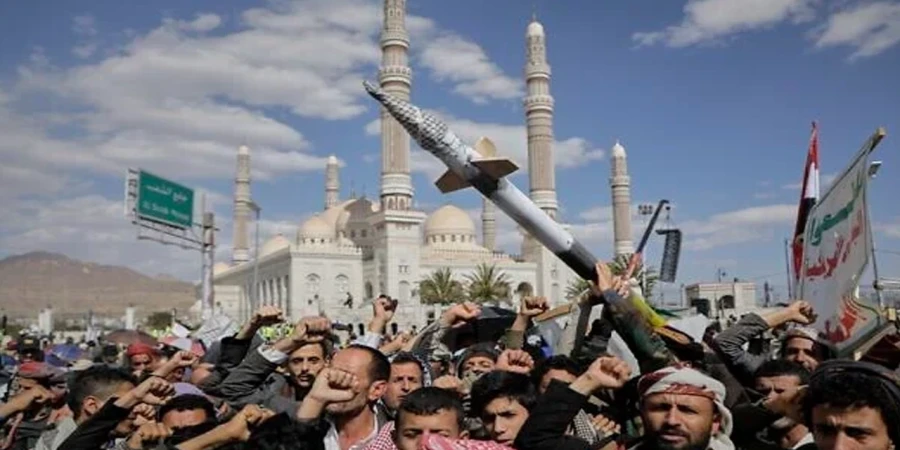
ছবি: Photo: Collected
Israel has taken control of the Syrian-administered Golan Heights following the collapse of President Bashar al-Assad's regime. Reports indicate that Assad, who had ruled Syria for 24 years, fled to Russia after a rapid insurgent offensive led to his downfall. In the immediate aftermath, Israeli Prime Minister Benjamin Netanyahu ordered the occupation of a buffer zone in the contested territory, citing national security concerns.
The British media outlet BBC reported on Sunday that the move follows the breakdown of a 1974 agreement that established a control line between Syria and Israel. With Syrian forces abandoning the area after Assad’s fall, Netanyahu stated that securing the Golan Heights was imperative to prevent hostile forces from establishing a foothold near Israel’s borders.
Netanyahu justified the decision by emphasizing Israel’s commitment to protecting its sovereignty and citizens. He declared, "We will not allow any enemy forces to take root near our borders."
In light of the developments, Israel deployed troops to the Golan Heights on Sunday, December 8, to manage potential instability. Key villages near the Golan, including Ofania, Quneitra, Al-Hamidiya, Samdaniya, Al-Gharbiyya, and Al-Qahtaniyah, have been placed under emergency alert by the Israeli military. These villages, primarily inhabited by Syrians, lie close to the now-occupied territory.
Residents of these villages have been instructed by Israeli forces to remain indoors until further notice. The move comes as Israel seeks to consolidate control over the region, ensuring its security while navigating the volatile situation resulting from the sudden collapse of the Assad government.
The situation highlights the complex dynamics of the region as international attention turns to the implications of Assad's ousting and Israel’s strategic maneuvers in the Golan Heights.
repoter






